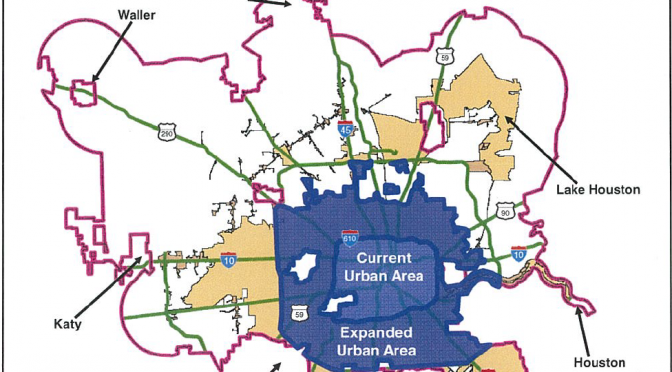Houston’s Chapter 42: City Response
As city government leaders continue the debate for Houston's future growth and development, many residents have lots of questions for how these changes will affect their area. The first major move to address those issues is likely to come to a City Council vote on April 24th... an expansion and re-vamp of Houston's Chapter 42 … Continue Reading ››

